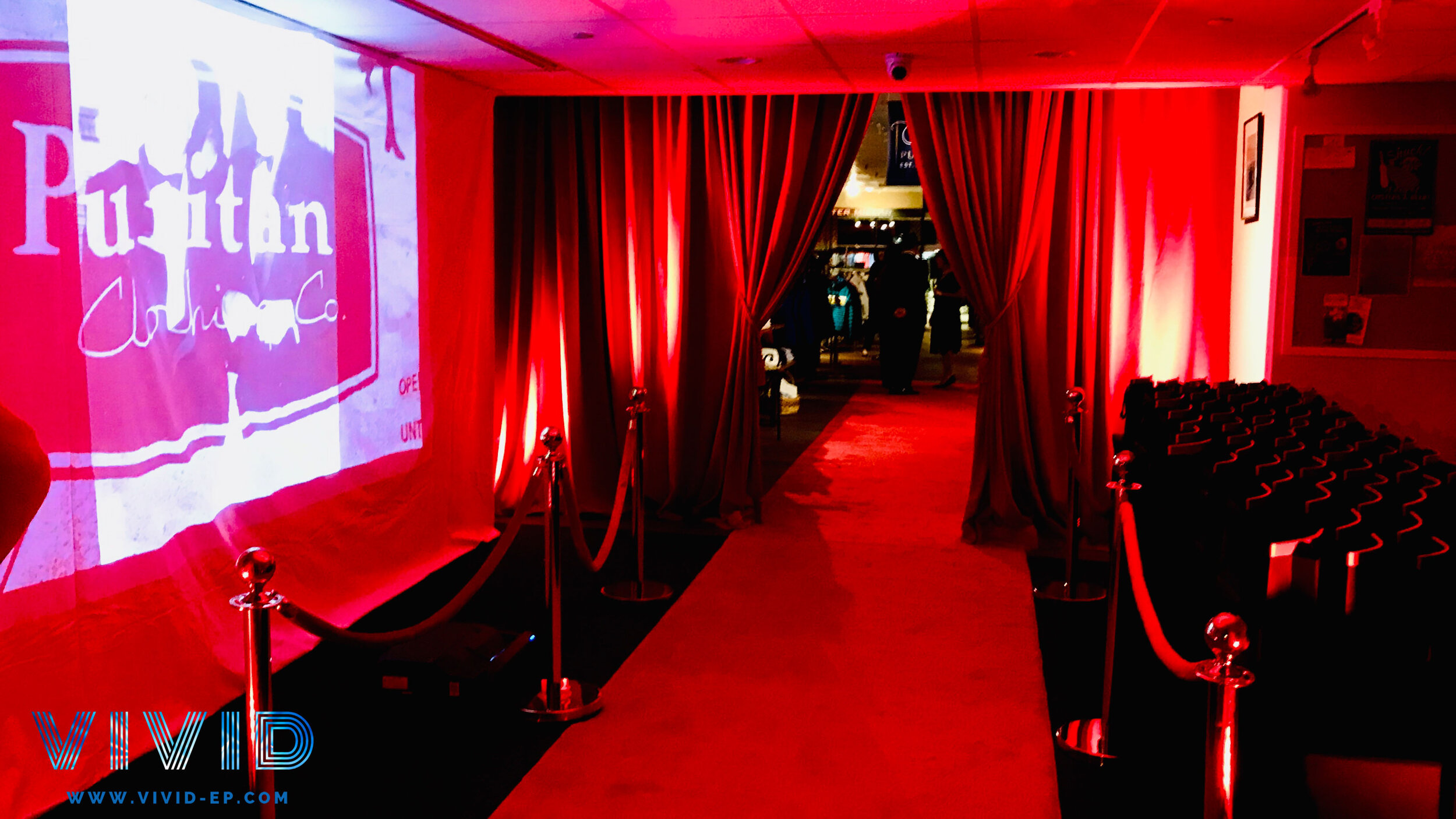Highlighting the Influence of Lighting Methods on the Craft of Video Projections Mapping
Highlighting the Influence of Lighting Methods on the Craft of Video Projections Mapping
Blog Article
Motion mapping mapping is an innovative art form that merges technology and creativity to convert common surfaces into extraordinary visual displays. This technique entails projecting graphics and videos onto 3D objects, such as buildings, artworks, or stages. One of the key significant elements in producing successful mapping is the use of effective illumination methods. Proper illumination enhances the aesthetic components of the projection and ensures that the images are crisp and engaging. This piece explores the impact of lighting methods on video mapping and how they can elevate the overall encounter.
Illumination plays a crucial part in motion projection because it establishes the mood and feel of the display. Different lighting techniques can elicit various emotions and reactions from the audience. For example, using gentle, warm lights can create a inviting environment, while bright, cool illumination may produce a more energetic or intense impact. By carefully selecting light hues and intensities, artists can manipulate how audience interpret the displayed images, leading to a more immersive experience. The equilibrium between mapping luminance and surrounding light is essential, as it can significantly affect the clarity and effect of the visuals.
In addition, color and brightness, the direction of light also affects the efficacy of mapping. Lighting from different angles can create shadows and accents that introduce dimension to the projected visuals. This technique, known as chiaroscuro, can enhance the 3D quality of the subjects being mapped. Furthermore, using moving lights video mapping for promotional events can add dynamism to the display, making the encounter more engaging for the viewers. When the light interacts with the projected visuals, it can create an illusion of motion and change, grabbing the audience's focus.
Another important element of illumination in mapping in the use of unique features. Methods such as gobo illumination, which employs shapes and forms to filter light, can add depth and complexity to the mapping. This approach enables artists to superimpose visuals and produce aesthetically captivating effects that complement the projection. Moreover, adding lasers or LED illumination can additionally enhance the exhibit, offering a distinct mix of visual components that attract the viewers in. These unique features, when used carefully, can elevate the projection beyond a simple show to an engaging piece of creativity.
In summary, the influence of illumination techniques on motion projection is profound. By comprehending how various lighting elements interact with projected images, artists can create enthralling experiences that resonate with audience. The thoughtful selection of hue, intensity, direction, and special features enables for find this a rich canvas of sight storytelling. As technology continues to grow, the options for creative expression in projection will only expand, making illumination an increasingly vital aspect in this progressive creative medium.